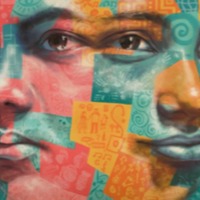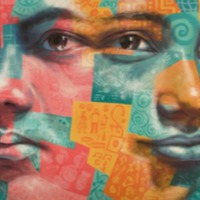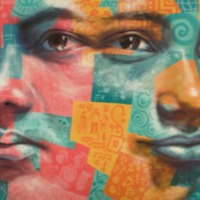
Sarah
There are an estimated 403,000 people living in modern slavery in the United States (GSI 2018). Sex trafficking exists throughout the country. Traffickers use violence, threats, lies, debt bondage and other forms of coercion to compel adults and children to engage in commercial sex acts against their will. The situations that sex trafficking victims face vary, many victims become romantically involved with someone who then forces them into prostitution. Others are lured with false promises of a job, and some are forced to sell sex by members of their own families. Victims of sex trafficking include both foreign nationals and US citizens, with women making up the majority of those trafficked for the purposes of commercial sexual exploitation. In 2015, the most reported venues/industries for sex trafficking included commercial-front brothels, hotel/motel-based trafficking, online advertisements with unknown locations, residential brothels, and street-based sex trafficking. Sarah grew up in California. Her cousin was the leader of a gang and its members were often guarding the house. One of the gang members abused Sarah as a child and when her cousin found out, he was forced to retaliate, and Sarah now owed him. After this incident, she became a source of income and was put to work trafficking drugs. One day, her cousin bought her new dresses, took photos of her to sell to older men. When Sarah tried to seek help at school, she was locked up for a week as punishment. Later, when she was seventeen, Sarah’s cousin was arrested and though she was free from his control, she had nowhere to go and she was soon trafficked again by an old friend into adult entertainment. When she was 23, Sarah stole her second trafficker’s car keys and escaped. After living a life of abuse, trafficking, and drug abuse, Sarah struggled to go about ‘normal life.’ She talks about her journey overcoming her trauma and moving forward.

Kolab
There are an estimated 261,000 people living in modern slavery in Cambodia (GSI 2018). All of Cambodia's 25 provinces are sources for human trafficking. Cambodian women and girls move from rural areas to cities and tourist destinations where they are subjected to sex trafficking in brothels, beer gardens, massage parlors and salons. Cambodian men form the largest source of demand for children exploited in prostitution, although men from across the world travel to the country to engage in child sex tourism. When Kolab was seven years old he was told that he had been sold to the people he thought were his parents. At 13, he was sent to Phom Penh where he stayed with two men who offered him a place to live. These men introduced Kolab to another man who forced Kolab into commercial sexual exploitation. He was drugged, raped, and filmed having sex with other men. He was forced to sell drugs and steal and subjected to beatings and torture if he didn’t make enough money.

Cristina
The Global Slavery Index 2018 estimates that on any given day in 2016, an estimated 3.6 million men, women and chidlren were living in modern slavery in Europe and Central Asia (GSI 2018). People are subjected to exploitation in forced labour, debt bondage and forced sexual exploitation. Government response in Europe is particularly strong with a number of regional bodies holding them account and monitoring responses, and while countries in Central Asia have taken steps to tack modern slavery, more needs to be done. Cristina, a 15-year-old girl from Romania was forced into marriage against her will at the age of 13 in England. She travelled to Spain and Belgium with her husband where he forced her to steal under threats of violence.

Leann
There are an estimated 17,000 people living in conditions of slavery in Canada (GSI 2018). Both Canadian and foreign citizens are exploited in forced labour and sex trafficking. Forced labour affects migrant workers under ‘low-skilled’ temporary visa streams including the low-wage and primary agricultural streams. These workers are often in restaurants, hotels, agriculture, food preparation, construction or domestic work. Sexual exploitation of Canadian citizens is the most common form of slavery detected by authorities in the country, with 93% of sex trafficking victims being Canadian. Leann developed an addiction issue after a serious industry left her in a wheelchair. She borrowed money to feed her addiction that resulted in her owing money to her traffickers, who forced her into forced criminal activity to pay off her debt. Leanna was forced to open bank accounts, assume fake identities and have multiple IDs to get money for her traffickers. Though she was arrested on a number of occasions, her traffickers were always waiting for her outside jail when she was released. This cycle continued for three years until her traffickers suspected she had stolen from them and locked her in a room where she was sexual and physical abused. She was finally able to escape when one day someone left the door open and she was helped by a passerby.